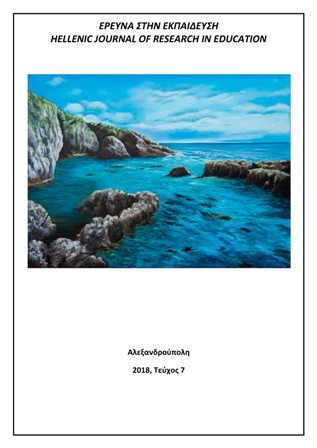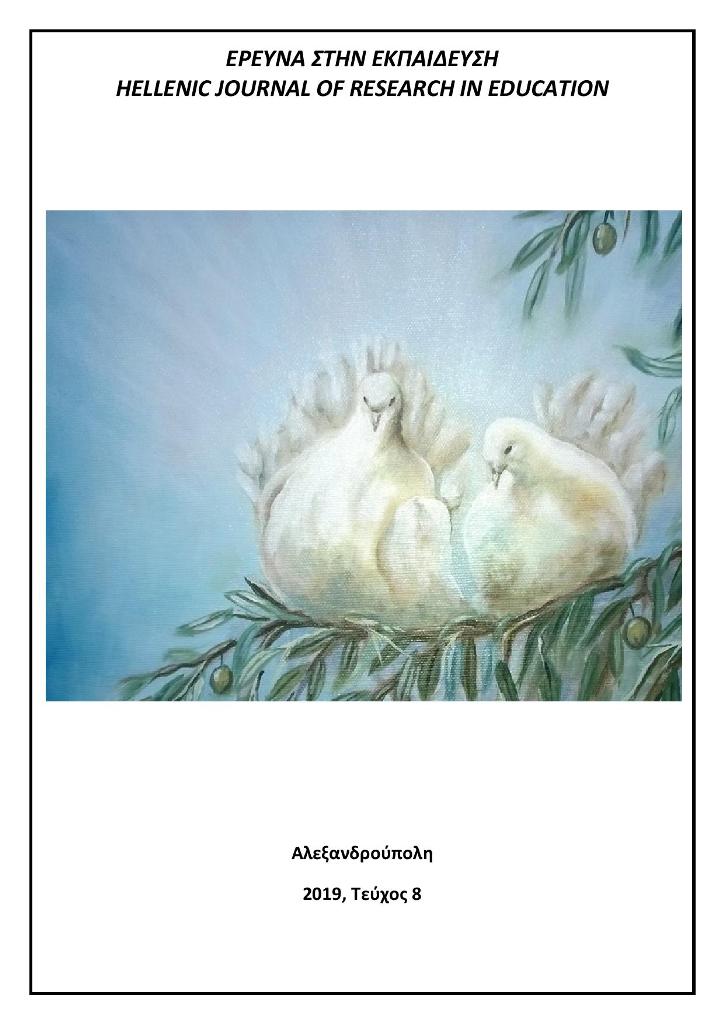The contribution of play and physical activity in social development of people with Autism Spectrum Disorder (ASD)

Abstract
One of the development areas that lags significantly in children with autism spectrum disorder (ASD) is that of social development. Despite the variations that can be observed in the social development of children with autism of different functionality levels, social skills are reduced to a greater or lesser extent in the developmental path of children with ASD. Game play and physical activities are two categories of activities that seem to positively affect the social development of children with ASD. The study presented in this publication describes the effect of game play and physical activity inside and outside of school, on the social development of children with ASD. Children 6-12 years old in the autism spectrum participated in this research, and questionnaires were used to carry it out. Findings show that cooperative and fellow play can positively affect the development of social behaviors in children with autism, however, no positive effect was found concerning engagement in physical activities.
Article Details
- How to Cite
-
Γκατζόγια (Gkatzogia) Δ. (Dimitra) Ν. (Nikolaos), Ζάραγκας Χ., Κούτρας Β., & Κουτσούκη Δ. (2018). The contribution of play and physical activity in social development of people with Autism Spectrum Disorder (ASD). Hellenic Journal of Research in Education, 7(1), 100–108. https://doi.org/10.12681/hjre.18846
- Issue
- Vol. 7 No. 1 (2018)
- Section
- Articles

This work is licensed under a Creative Commons Attribution-NonCommercial-ShareAlike 4.0 International License.
Authors who publish with this journal agree to the following terms:
- Authors retain copyright and grant the journal right of first publication with the work simultaneously licensed under a CC-BY-NC-SA that allows others to share the work with an acknowledgement of the work's authorship and initial publication in this journal.
- Authors are able to enter into separate, additional contractual arrangements for the non-exclusive distribution of the journal's published version of the work (e.g. post it to an institutional repository or publish it in a book), with an acknowledgement of its initial publication in this journal.
- Authors are permitted and encouraged to post their work online (preferably in institutional repositories or on their website) prior to and during the submission process, as it can lead to productive exchanges, as well as earlier and greater citation of published work (See The Effect of Open Access).



